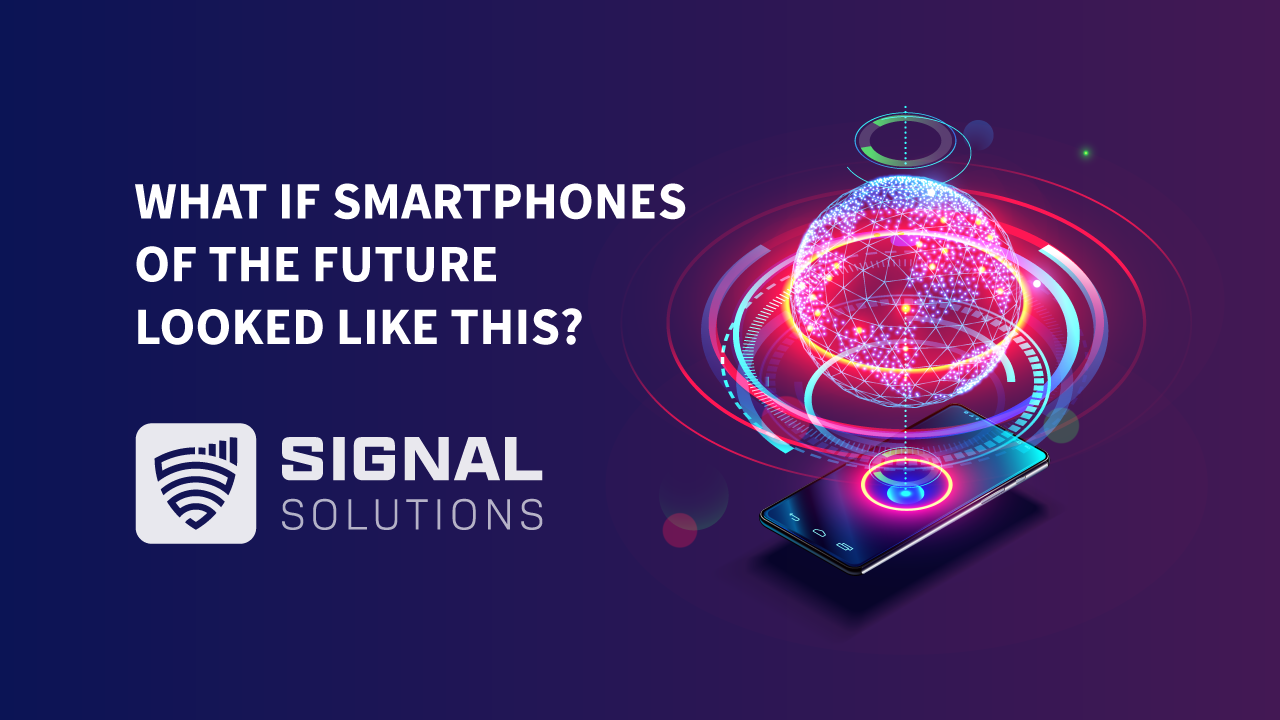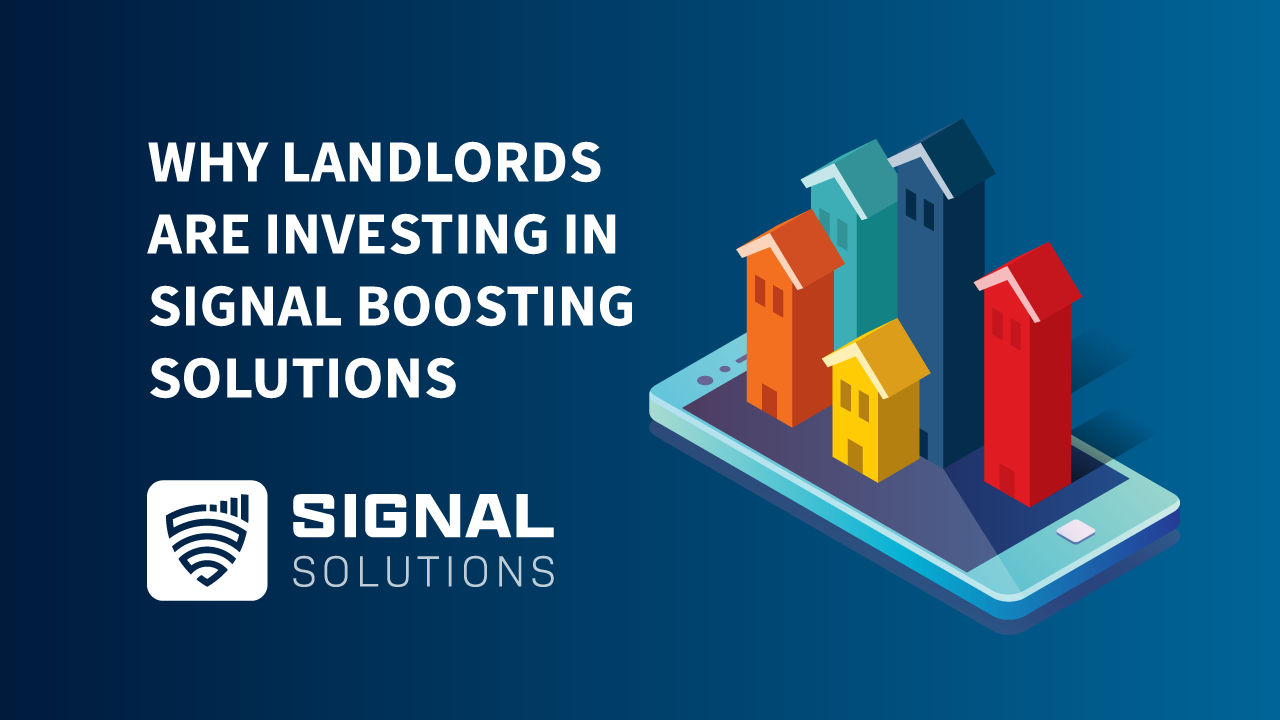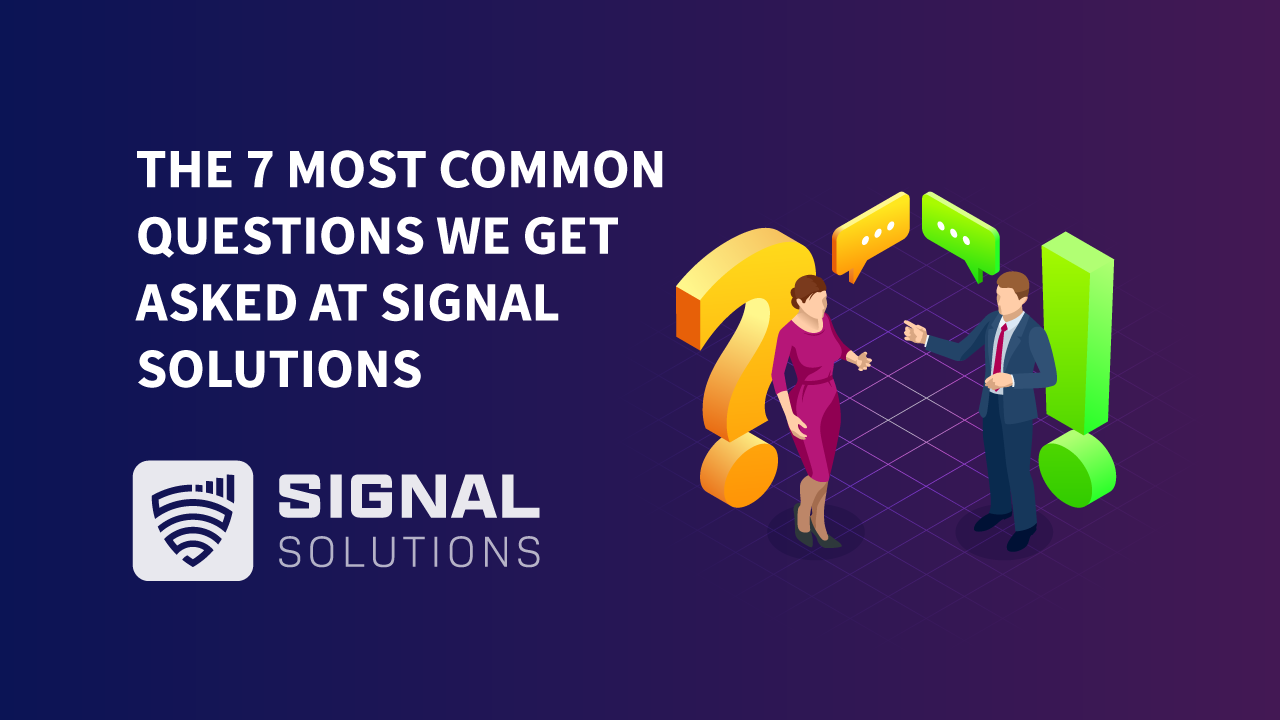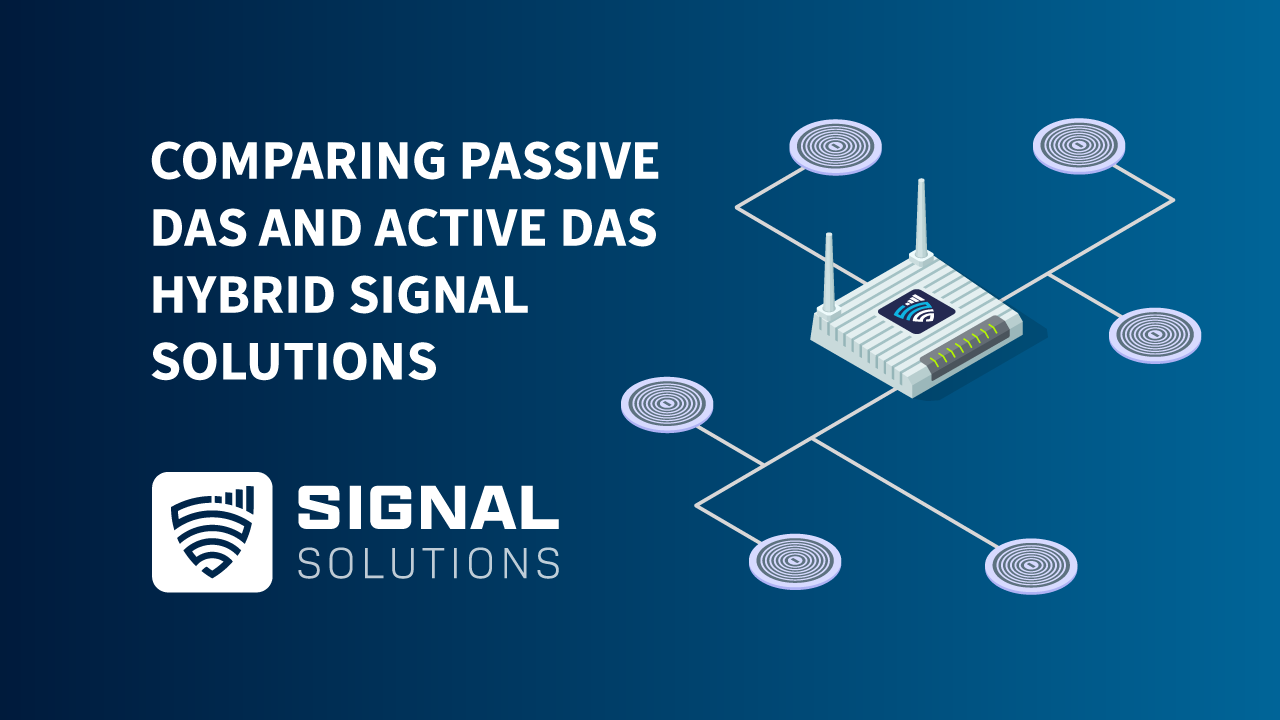Phone signal bars - what do they actually mean?
We see our phone signal bars every day and assume we know exactly what they mean. Because all phones display the same number of signal bars to show how strong the signal is, right?
Let’s see.
For starters, you might be surprised to hear that it’s not just the strength of your signal that affects the number of bars showing.
There are a few other factors to throw into the mix too, like whether your phone is Android or iPhone, because – as you know – these two big dons do things differently, including their methods for letting you know how much signal you have.
Three bars on your iPhone might not represent a similar signal to your friend’s three bars on their Android phone, you know.
Then there’s how many people are using the signal from a specific cell tower.

In the trade, we call this phenomenon “channel loading”, and the numbers here affect the quality of the signal you’re getting. i.e. If there are more people using that signal, your signal’s going to weaken, and you’ll have fewer bars to show for it.
Here’s what happens.
It’s evening, and you’re home from work. Dinner’s done and it’s time to crash out on the sofa. You get your phone out to call your partner and put your feet up.
Only thing is, Mike next door’s doing exactly the same thing. So’s Sarah opposite. In fact, there are more people on your street who are tapping into the signal coming from the nearest tower than who aren’t.
So any time you’ve got a significant number of people using the same cell tower to retrieve a signal, you experience channel loading.
While the signal being sent out is the same, the volume of phones using it means that the quality of signal everyone receives diminishes, even though the strength of signal hasn’t changed.
Just like your Ribena gets weaker the more water you pour into the cup, so your signal lessens as more people kick back with their phone out.
From time to time too, you might get the opposite effect. Say the signal strength is low but there aren’t many people tapping into the connection at the same time, channel loading stays low and the quality of your service remains high.
Four bars of signal, thank you very much, don’t mind if I do.
iPhone signal V Android signal
Some simple testing gives you an idea of the difference in signal display on iPhone and Android.
Turns out you can use specialist equipment to emulate a cell tower, and adjust the pilot power to test the strength of the signal on two different phones.
We tried it and here’s what happened.
On Android, the number of bars displayed on the phone changed when the signal was adjusted under low channel loading. But the number of bars tracks the signal level and appears to be unaffected by channel loading, meaning that the bars represent the true level of signal.
On iPhone, the number of signal bars is unchanged when the signal strength changes, but when the channel loading is amended and the signal level is kept the same, the number of bars drops. This means that the iPhone signal bars are affected by signal loading.
Solutions for boosting signal
Whatever the bars mean, it’s massively frustrating any time they’re not showing. So what can you do when you want to make a call but the signal’s not there to support you?
You can read our blog post to hear about our top seven quick solutions to boost your mobile phone signal.
But if you’ve tried everything and the signal’s still not reaching your phone at home, at the office, wherever you are, then changing provider won’t help and it’s time to consider mobile signal boosters.
At Signal Solutions, we use Amplifi-Qx technology to solve problems like this one for good.
Our solutions are:
- 100% legal to use, fully compliant with Ofcom licensing laws
- Inexpensive and well worth the small investment
- Unconditionally network safe
- Accepted by all UK regulators
- Consistent in providing high quality signal in areas and buildings where coverage is poor or non-existent
- Compatible with every mobile network
If you want to enhance the mobile signal in your home, office or commercial building, let’s talk. Give us a call on 020 3823 7365!


















